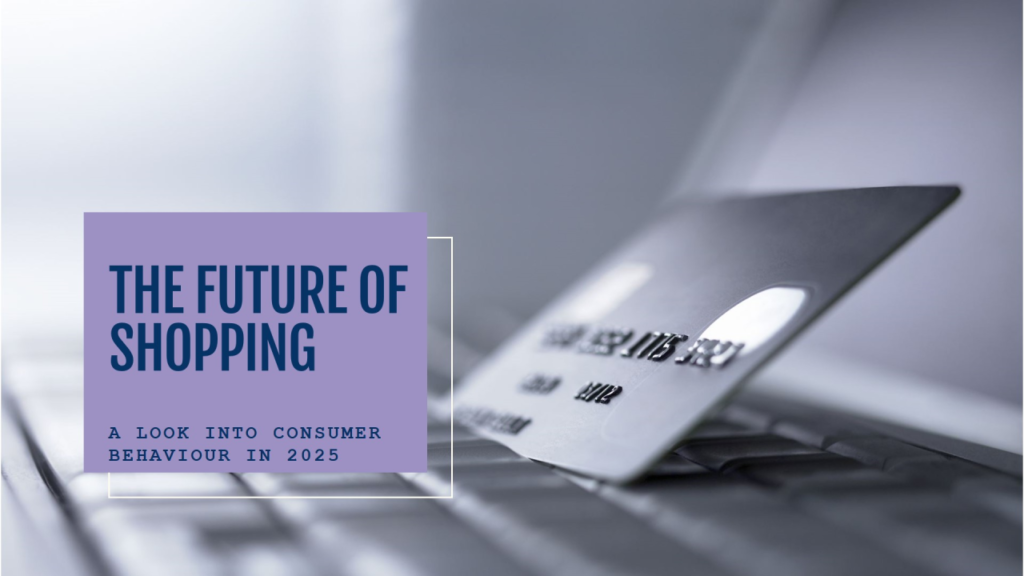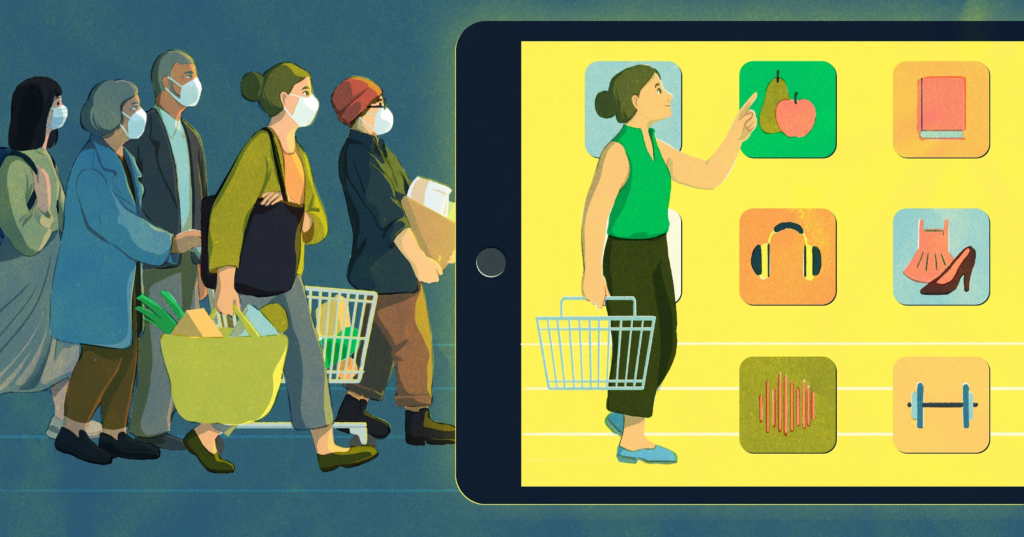The world of e-commerce is evolving rapidly. In 2025, the digital shopping landscape is driven by new technologies, changing consumer behavior, and innovative sales strategies. Businesses, both big and small, are adapting to these changes to stay competitive and reach more customers online.
This article explores the most important e-commerce trends of the year, the strategies brands are using to grow online sales, and how consumer behavior is shifting in the post-pandemic digital age.
E-commerce Growth in 2025
E-commerce is no longer just a convenient option; it has become the preferred way to shop for millions around the globe. According to Statista, global e-commerce sales are expected to exceed $6.5 trillion by the end of 2025.

This explosive growth is powered by better mobile shopping experiences, faster delivery options, and personalized customer service. Consumers now expect smooth navigation, secure payments, and quick product discovery, whether they are shopping for groceries, electronics, or fashion.
Rise of Mobile Commerce
Mobile commerce, or m-commerce, has taken center stage. With more people using smartphones for everything from browsing to checking out, businesses are focusing on mobile-first strategies.
Fast-loading websites, mobile apps, and voice search features are becoming essentials for online stores. In addition, social commerce—buying directly through apps like Instagram or TikTok—is rapidly growing. Brands are now creating short, engaging videos and live shopping streams to drive instant sales.
Personalization Is the Key to Conversion
One of the biggest trends in e-commerce sales strategy is personalization. Online shoppers prefer brands that offer customized product recommendations, dynamic pricing, and curated content.
AI and machine learning tools help e-commerce sites track user behavior, purchase history, and browsing patterns. With this data, they create personalized emails, product suggestions, and even special discounts tailored to individual shoppers. According to McKinsey, businesses that personalize their approach can see a 40% increase in revenue.
Subscription Models and Loyalty Programs
Subscription-based shopping is another growing trend. Whether it’s meal kits, grooming products, or fashion items, consumers enjoy the convenience and cost savings of monthly deliveries.
At the same time, loyalty programs are helping brands retain customers and encourage repeat purchases. These programs reward users for every transaction, review, or referral. Popular examples include Amazon Prime, Sephora Beauty Insider, and Starbucks Rewards.
By providing perks like free shipping, early access to sales, or birthday discounts, these programs build long-term trust and brand loyalty.
Influencer and Affiliate Marketing Strategies
E-commerce businesses are also tapping into influencer and affiliate marketing to expand their reach. Influencers help brands connect with niche audiences through product reviews, tutorials, and lifestyle content.
Meanwhile, affiliate marketing programs reward bloggers, YouTubers, and social media creators for driving traffic and sales to e-commerce sites. This performance-based model helps reduce marketing costs while expanding visibility.
Platforms like Shopify, Amazon, and Rakuten offer easy-to-integrate affiliate tools that make tracking conversions seamless.
Sustainability Matters to Shoppers
Modern consumers, especially Gen Z and millennials, care deeply about sustainability. They are willing to pay more for eco-friendly packaging, carbon-neutral shipping, and ethically produced products.

E-commerce brands are responding by showcasing their green practices in product listings and on social media. For example, some companies highlight their zero-waste policies or partnerships with environmental charities.
By aligning with values like sustainability and transparency, businesses are not only attracting conscious consumers but also creating a stronger brand image.
Faster, Smarter Delivery Options
Logistics has become a major part of online sales strategy. Shoppers expect fast, flexible, and trackable deliveries. Companies like Amazon, Walmart, and Flipkart are investing in same-day or next-day shipping to meet these demands.
New tools like delivery route optimization, smart warehouses, and local fulfillment centers are helping brands reduce costs and improve delivery speed.
Some businesses are even offering “green delivery” options, which use bicycles or electric vehicles to reduce emissions.
Buy Now, Pay Later (BNPL) Options
The rise of “Buy Now, Pay Later” (BNPL) services has made it easier for consumers to afford larger purchases. Platforms like Klarna, Afterpay, and Affirm let users split their payments into smaller, interest-free installments.
This payment method is especially popular among younger shoppers who want flexibility without using credit cards. As a result, businesses offering BNPL options often see higher conversion rates and larger order values.
AI-Powered Chatbots and Customer Support
Customer service plays a big role in consumer satisfaction and retention. Today, AI-powered chatbots are helping e-commerce platforms answer questions, resolve complaints, and guide users through purchases.
These bots are available 24/7, offer instant replies, and learn from every interaction to become more helpful over time. At the same time, human support agents remain available for complex issues, ensuring that the customer experience is smooth and reliable.
Augmented Reality (AR) Shopping Experiences
To reduce return rates and improve product visualization, many e-commerce sites are using augmented reality (AR). With AR, customers can see how a piece of furniture looks in their room or try on makeup virtually.
Brands like IKEA and Lenskart are already using this technology to improve buyer confidence and reduce purchase hesitation. AR enhances the shopping experience and makes online purchases more interactive and enjoyable.
Consumer Behavior in 2025: What’s Changing?
Today’s consumers are more informed, selective, and experience-driven than ever before. They research before buying, check reviews, compare prices, and expect excellent service at every touchpoint.
Here are key behavior patterns observed in 2025:
- Shoppers want convenience and speed
- They expect personalized recommendations
- They value social proof (reviews, ratings, testimonials)
- They prefer eco-conscious and transparent brands
- They use mobile and voice search more frequently
To meet these expectations, businesses need to stay updated with trends, embrace new technologies, and focus on creating exceptional customer journeys.
Conclusion
The e-commerce world is rapidly changing, and staying ahead means understanding both the tech trends and the people behind the purchases. Brands that offer seamless, personalized, and trustworthy experiences are winning the digital market.
Whether you’re a small business owner or a large retailer, focusing on mobile optimization, personalization, sustainability, and flexible payment options can take your online sales strategy to the next level.
Stay connected with these sources to ensure your business keeps growing in the ever-evolving e-commerce space.
Also Read – Cybersecurity Secrets Every Business Must Know Before It’s Too Late





